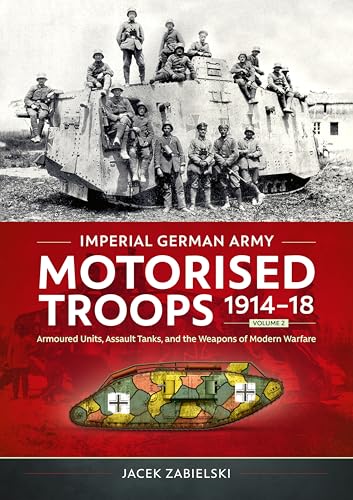
Tanks & Weapons of World War II.
by Bernard Fitzsimmons
Popularity
2.62 / 5
* A book's popularity is determined by how it compares to all other books on this website.
Where to buy?
Buy from Amazon* If you buy this book through the link above, we may receive a small commission at no extra cost to you.
Tanks & Weapons of World War II. by Bernard Fitzsimmons
Details
War:
World War I
Perspective:
Tanks
True Story:
Yes
Biography:
No
Region:
Europe
Page Count:
160
Published Date:
1973
ISBN13:
9780517130902
Description
Brief Summary
Tanks & Weapons of World War II by Bernard Fitzsimmons offers an in-depth exploration of the mechanized warfare tools that played pivotal roles during the Second World War. The book meticulously details various tanks and other military hardware used by both the Allied and Axis forces. Through comprehensive illustrations and well-researched data, Fitzsimmons paints a vivid picture of the technology and strategic importance of these weapons.
Main Themes and Topics
The book delves into the evolution of tank warfare and the technological advancements that occurred during World War II. Fitzsimmons focuses on how these advancements influenced military strategies and outcomes. He categorizes the various tanks used by different nations, providing detailed specifications and historical contexts for each. Additionally, the book covers other critical military hardware, highlighting the ingenuity and engineering prowess of the era.
Writing Style and Tone
Bernard Fitzsimmons adopts a precise and factual writing style, ideal for history enthusiasts and readers with a keen interest in military technology. His tone is educational yet accessible, allowing both lay readers and historians to grasp the complexities of the subject matter. The detailed descriptions and the inclusion of illustrations enhance the reader's understanding, making complex information more digestible.
Criticism
While the book is packed with information, some readers may find it lacking in narrative storytelling and personal anecdotes common in other historical accounts. The focus is heavily on the machinery and technology, which might not cater to those looking for personal stories or broader historical analysis. Additionally, readers seeking insights into the human experiences of the soldiers might find the book somewhat impersonal.









